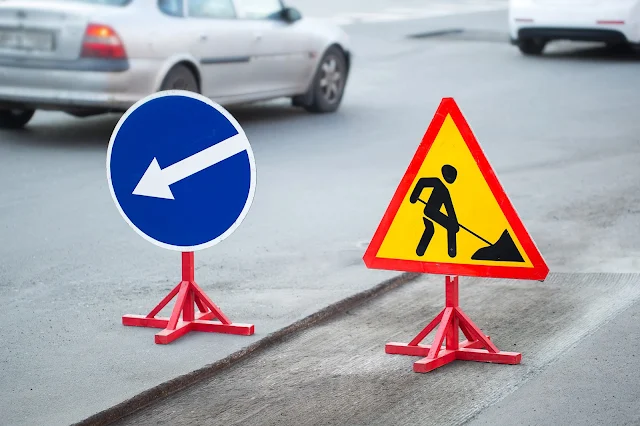Multi-Tenant Sign Designs have a significant influence and draw in a larger number of tenants. Commonly found outside of a business, they play a vital role in advertising commercial properties that house multiple tenants in a single physical location.
Companies located in shopping malls and business parks utilize directory signs, such as the one created above, to enhance visibility and expand their brand presence. Additionally, these signs serve as Wayfinding Signs for visitors. The sign is designed with a specific number of display spaces.
In comparison, a Multi-Tenant Sign is a sizable, standalone sign consisting of separate tenant panels arranged in segments. Unlike Directory Signs, they usually indicate which tenant, business, etc. is located within the complex – rather than providing directions on where to locate them. Due to the fact that the panels on both types of signs can be removed, updating a name is a simple task.















